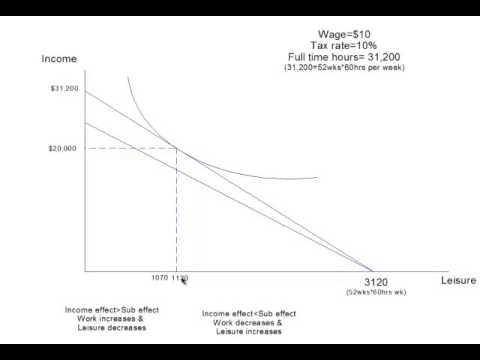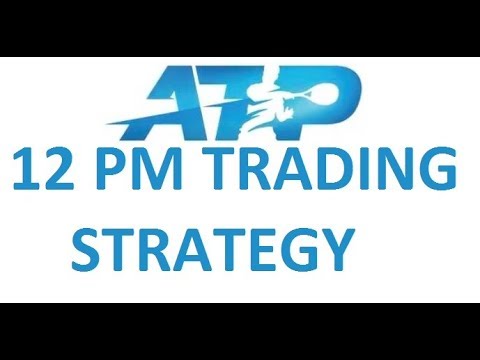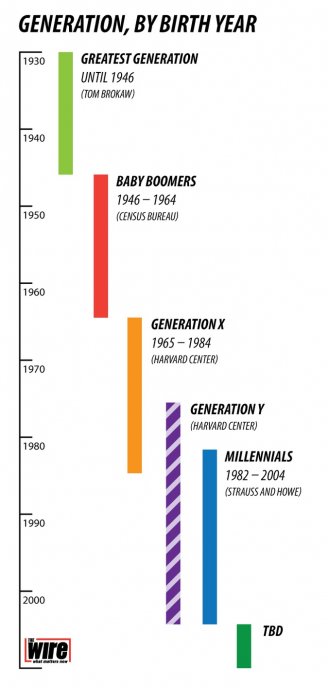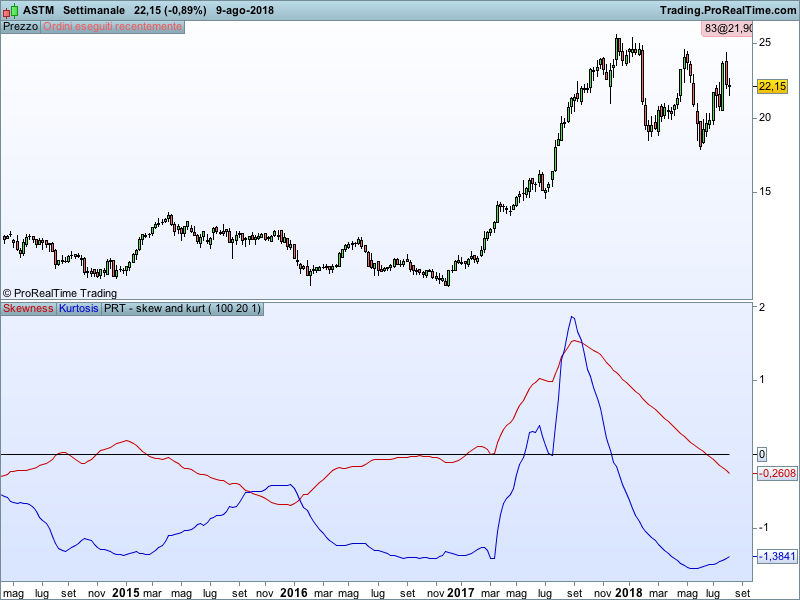Content

In 1985, Modigliani was awarded the Nobel Prize in Economics for this as well as other works of his in the field of finance. While it is critical to understand the theorem, Modigliani and Miller make a set of assumptions that render the results of their work only partially applicable to real-life situations. Thus, from the above, it is quite clear that the capital structure of Company X is low-geared, Company Y is evenly geared and Company Z is high geared. The higher the gear, the more speculative will be the character of equity shares, since, under this condition, dividend on equity fluctuates disproportionately with the amount of divisible profits. Capital structure refers to the permanent financing of the company, represented by owned capital and loan/debt capital (i.e.. Preferred Stock, Equity Stock, Reserves and Long- term Debts).
Hence, we believe that this paper adds value to the literature of capital structure theory in corporate finance. Third, another notable contribution of the study is that it provides an analysis with empirical evidence on the impact of leverage on firm performance. In this respect, we reconfirm if the finding sustains across different countries irrespective of different legal or institutional factors.
What are the key assumptions of Modigliani-Miller (M&M) Theorem?
The trade-off model assumes that there is an optimal capital structure where the benefits of debt and equity financing are balanced, and that a company should aim to achieve this optimal balance. However, the optimal capital structure may differ for each company depending on factors such as industry, business risk, and tax environment. Using a panel of listed companies on the DSE, researcher investigates the association of capital structure on firm value and investigates the capital structure of firms in Bangladesh. This current study focuses that the results of the analysis on the relevance of capital structure on firm value indicated, there is no statistically significant relationship between firm value and the capital structure of firms. This analysis was conducted for the general sample of firms in the study, within industries and by firm size; however, the results were consistent throughout all the analysis. The analysis of the Bangladeshi firms’ capital structure indicated that firms in Bangladesh tend to use more long-term debt than short-term debt.
Lately, for the measurement of intangibles and goodwill impairment, DCF approach has been used. Intangible assets are recognized according to the statement FAS 142 as over the period wh… Tax deductions not being applicable, the companies may have to incur no costs in taxes that are liable to be paid otherwise. The traditional approach to capital structure stresses the fact that there is a right mix assumptions of capital structure of equity and debt in the capital structure, at which the market value of a company is maximum. The second proposition for the real-world condition states that the cost of equity has a directly proportional relationship with the leverage level. According to Solomon, E, the same is defined as ‘that capital structure or combination of debt and equity that leads to the maximum value of the firm’.
Modigliani and Miller Assumptions
This research aims to establish the relationship between capital structure and financial performance in North Iraq aka (Kurdistan). The capital structure indicators refer to long-term debt, short-term debt; total debt and total equity, while return on assets and return on equity are the performance proxies. Previous studies indicate asset tangibility, tax, risk, liquidity and inflation as capital structure determinants outside manufacturing companies. As long as these factors have an important impact on financing decisions, they will be included in the analysis as they are expected to also influence performance. Results indicate that performance in Kurdistan companies is higher when they avoid debt and operate based on equity based on the financial crises that is happening now.
Top management has to put weeks and sometimes months into planning the issuance of these instruments, which takes their focus away from other matters. The first proposition states that tax shields that result from the tax-deductible interest payments make the value of a levered company higher than the value of an unlevered company. The main rationale behind the theorem is that tax-deductible interest payments positively affect a company’s cash flows. Since a company’s value is determined as the present value of the future cash flows, the value of a levered company increases. The first version of the M&M theory was full of limitations as it was developed under the assumption of perfectly efficient markets, in which the companies do not pay taxes, while there are no bankruptcy costs or asymmetric information. Subsequently, Miller and Modigliani developed the second version of their theory by including taxes, bankruptcy costs, and asymmetric information.

CFDs are complex instruments and come with a high risk of losing money rapidly due to leverage. You should consider whether you understand how CFDs work and whether you can afford to take the high risk of losing your money. In finance, the equity definition is the amount of money the owner of an asset would have… According to the Corporate Finance Institute, these are the main reasons why the Modigliani-Miller Theorem has been revised in recent years. A more complicated version of the theorem is used today to better reflect the realities in the real world. In other words, the risks of the firms originate from the fluctuations of NOI and the possibility that the value of actual variables may be different from the actual estimates.
Homogenous Risk Classes
Learn the operations of income statements in multi vs single-steps and the details of the line items they use. When the capital structure is composed of Equity Capital only or with Retained earnings, the same is known as Simple Capital Structure. There are two types of capital structure according to the nature and type of the firm, viz, (a) Simple and (b) Complex. When capital structure is composed of more than one source or identical nature, the same is known as Complex Capital Structure. In other words, if the capital structure is composed of Equity Share Capital, Preference Share Capital, Retained Earnings, Debentures, Long-term Loans and Current Liabilities etc., the same is known as complex capital structure.

The perfect market condition applies to the securities that are traded in a share market. It makes sure that the investors of the market can buy or sell securities without any restrictions. One of the primary assumptions of capital structure analysis is that the level and variability of _____ is not expected to change as changes in capital structure are contemplated. In order to explain the theories of capital structure we are to use the following systems in addition to the above assumptions. Let us make an in-depth study of the meaning, assumptions and classification of the capital structure. An income statement demonstrates the company’s income and expenses over a given timeframe, used to reflect performance.
Equal Borrowing Costs
This assumption is a fundamental pillar of the theorem, because Modigliani and Miller argue that whether it is the firm borrowing money or the investor borrowing money and buying the firm’s shares, the end result remains unchanged. In either case, the investor is leveraged, which means she has to assume the risks that go along with borrowed funds. If either the firm or the individual can borrow at different rates – and they do borrow at different rates in real life – the theorem doesn’t hold up.
- Previous studies indicate asset tangibility, tax, risk, liquidity and inflation as capital structure determinants outside manufacturing companies.
- CFDs are complex instruments and come with a high risk of losing money rapidly due to leverage.
- The theorem has revolutionized corporate finance since it was introduced by the Professors Franco Modigliani and Merton Miller.
The theory’s basic premise is that the firm’s value is equal to the present value of the sum of its future cash flows. To the extent that these cash flows are impacted by its financing (use of debt and equity), the impact of capital structure on firm value hinges on taxation. The above equations are used by all capital structure theories, the controversy only lies in relation to the degree of leverage of the variable cost of equity (Ke), weighted average cost of capital (Kw), and total firm’s value (V). The optimal capital structure may also be influenced by the company’s industry and market conditions, including competition, regulatory environment, and macroeconomic factors. These factors can affect the company’s risk profile, growth prospects, and financing needs. The first step to evaluate the optimal capital structure is to assess the company’s financial situation, including its cash flows, profitability, debt levels, and credit rating.
We know that a firm obtains its requirement from various sources and invest the same also in various forms of assets. When the capital structure is composed of Equity Capital only or with Retained Earnings, the same is known as Simple Capital Structure. CliffsNotes study guides are written by real teachers and professors, so no matter what you’re studying, CliffsNotes can ease your homework headaches and help you score high on exams.
These plans can impact the company’s financing needs and risk profile, and may require a more flexible or diversified financing mix. The next step is to analyse the costs and benefits of debt and equity financing, including interest rates, tax implications, dilution of ownership, and flexibility of financing. This can help to determine the most cost-effective and suitable financing mix for the company. The trade-off model of capital structure is a financial theory that suggests that a company should balance the costs and benefits of various sources of financing, such as debt and equity.
In conclusion, the trade-off model of capital structure suggests that companies must balance the costs and benefits of different sources of financing to achieve an optimal capital structure. The optimal capital structure may vary for each company, depending on industry, business risk, and tax environment. The theory assumes that investors are rational, and markets are efficient, and a company’s capital structure decision is driven by its desire to maximise shareholder wealth.

The Modigliani-Miller theorem argues that it does not matter how the firm is financed. In the end, the profitability and viability of the firm is unaffected by its financing decisions. However, according to New York University, the theory holds only if a number of underlying assumptions are valid.
This is the first version of the M&M Theorem with the assumption of perfectly efficient markets. The M&M Theorem, or the Modigliani-Miller Theorem, is one of the most important theorems in corporate finance. The main idea of the M&M theory is that the capital structure of a company does not affect its overall value. The trade-off model of capital structure assumes that investors are rational and that markets are efficient, and it suggests that a company’s capital structure decision is driven by its desire to maximise shareholder wealth. A firm wishing to sell stock to finance a new factory, for example, can do so without paying commissions to an intermediary, such as an investment bank, or so it is assumed. Not only does a firm have to pay fees and commissions when issuing stocks, bonds, warrants and other instruments, but these transactions also take time.

Recent Comments